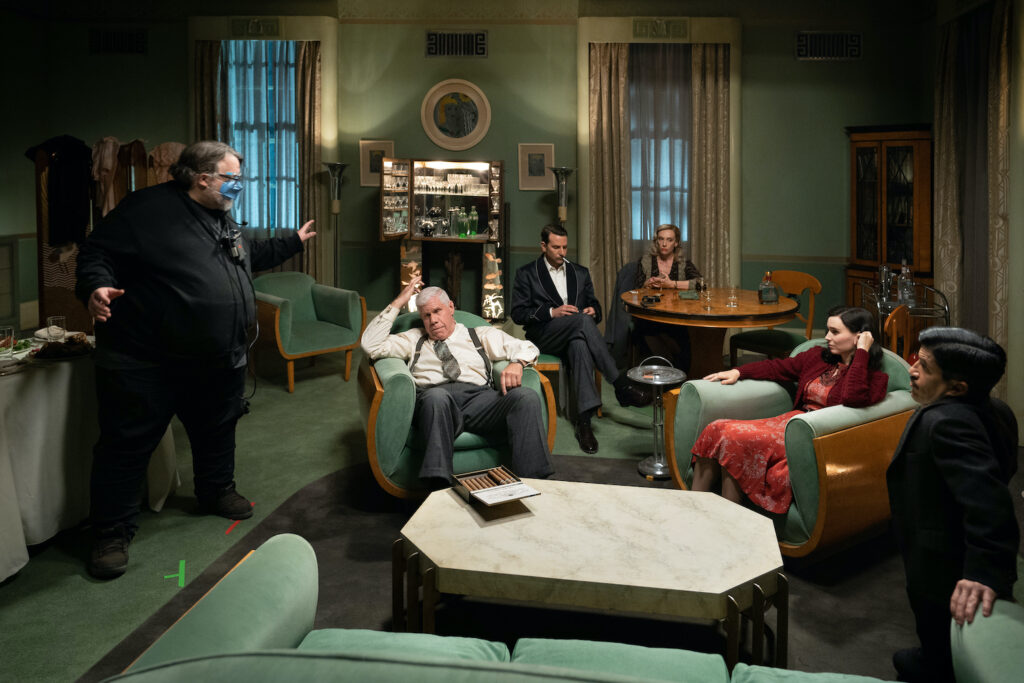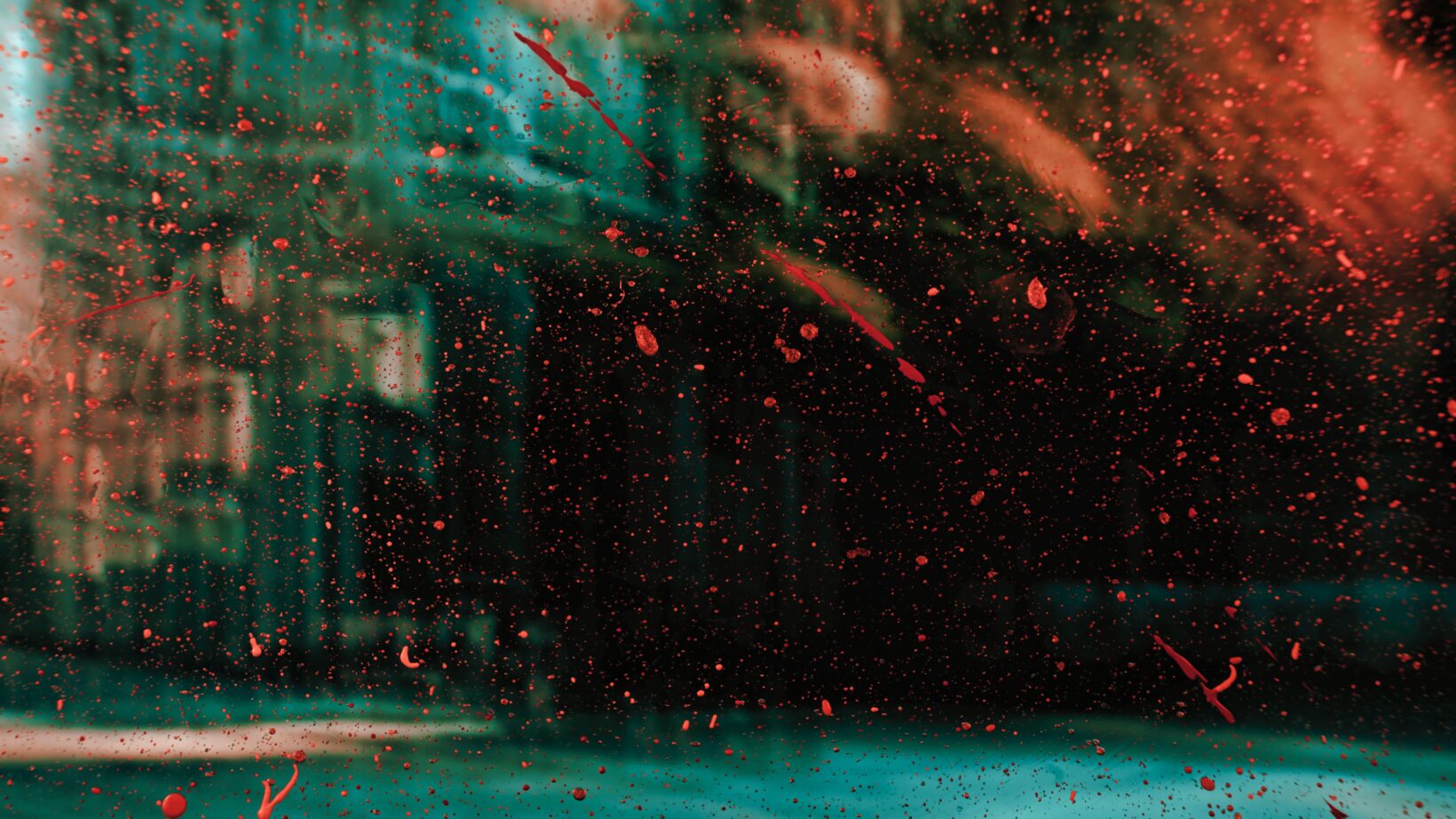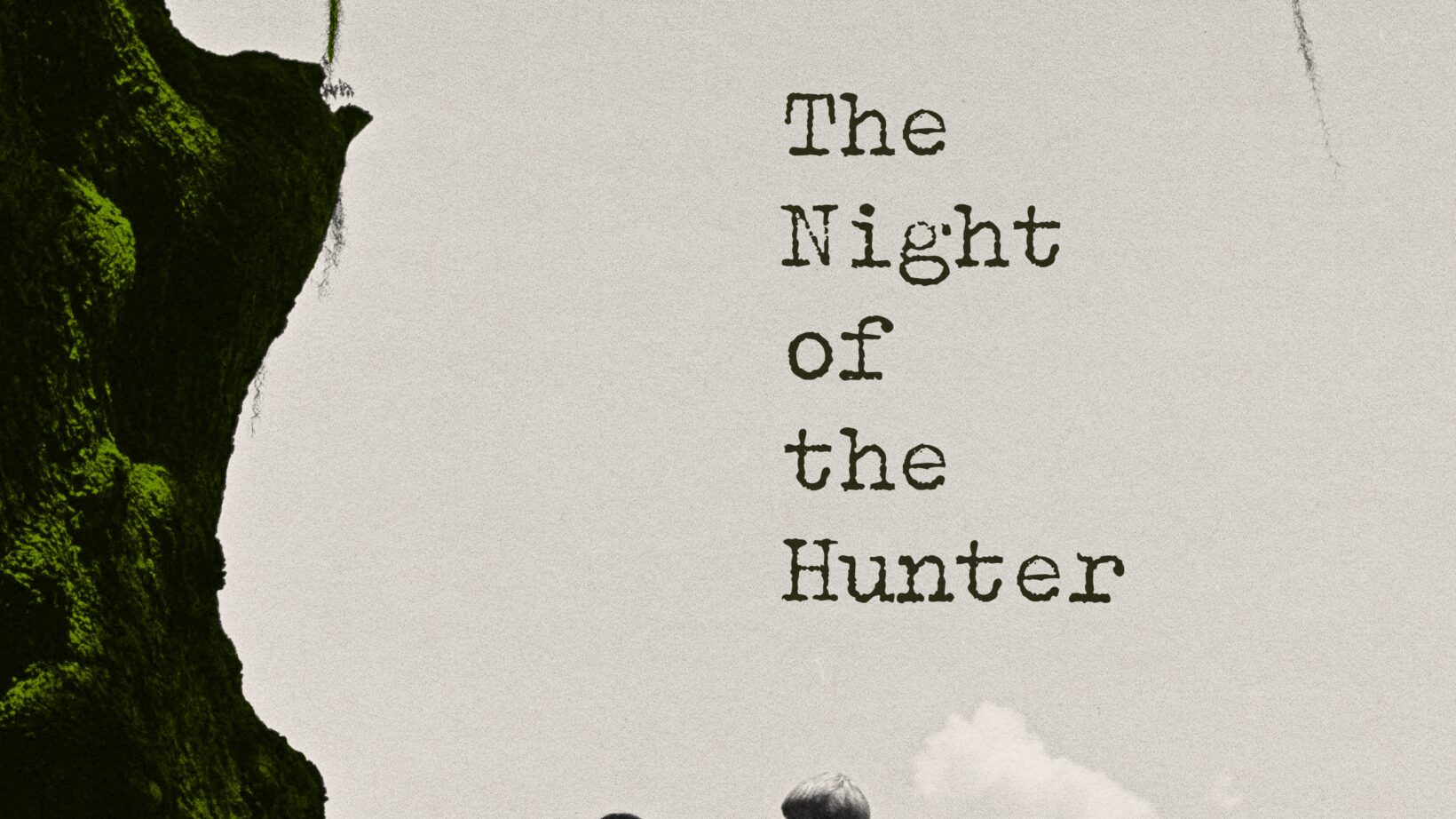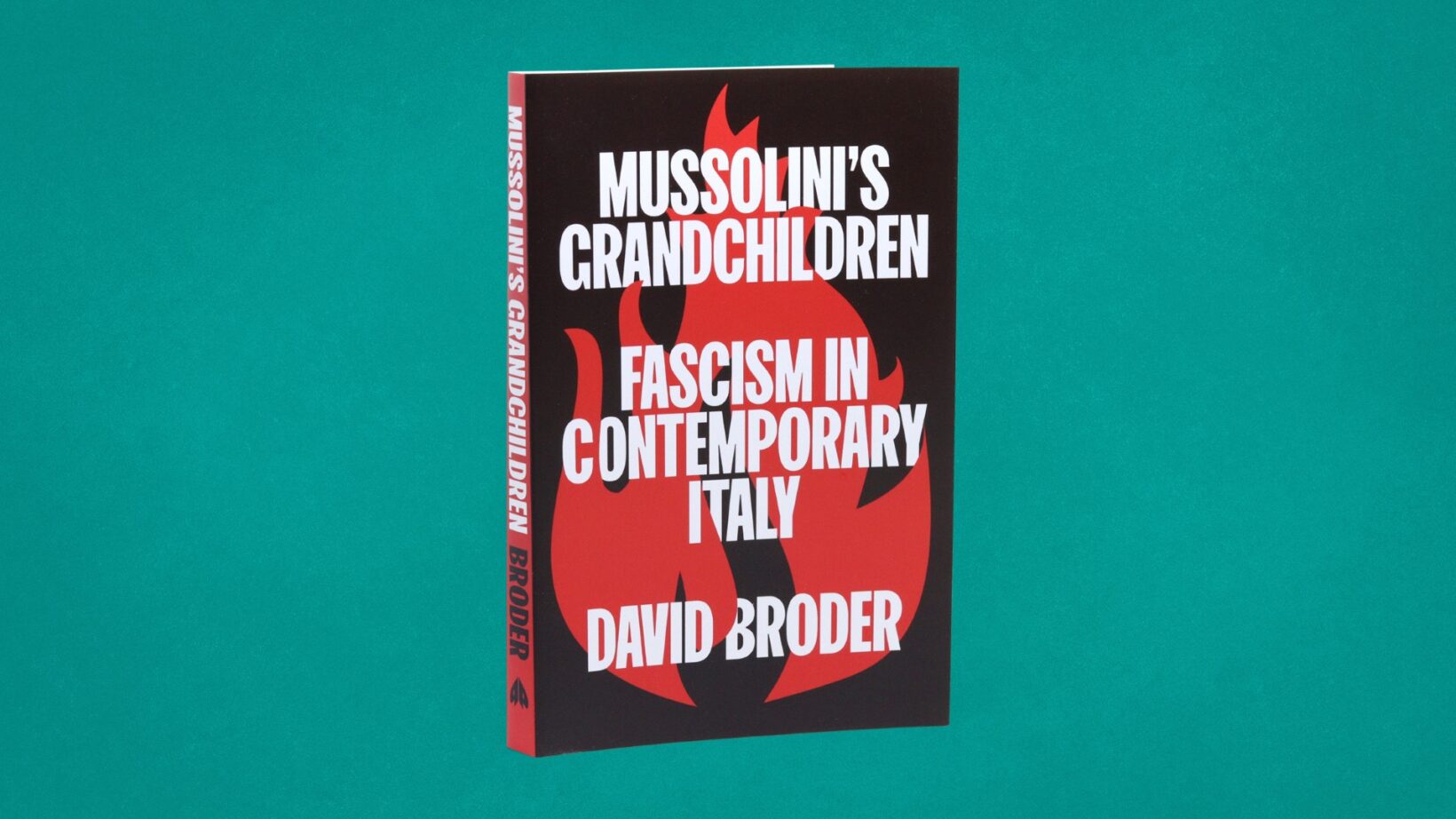Guillermo del Toro’s new neo-noir epic is a faithful adaption of Gresham’s eponymous novel and a modern morality play carried by nuanced acting and brilliant cinematography.

In Guillermo del Toro’s recently released neo-noir epic film Nightmare Alley, there’s a moment when a character says that ‘the Chaplin lookalike’ has invaded Poland. It’s a clever historical and cinematic reference to The Great Dictator, in which Chaplin satirically played Hitler. It also evokes a time when the United States had yet to enter the European war, when most Americans would identify Hitler through Chaplin’s portrayal, rather than firsthand knowledge of the German leader.
We know that the film we are watching is set in the noirish world of 1930s or 1940s America, but this subtly tells us that it’s September 1939- although, in truth, The Great Dictator was released in 1940- and Nightmare Alley’s unfolding story has already covered a year at the point the line appears. Such a film as this doesn’t require captioned dates and locations onscreen, as while it is powerfully period in style, the aesthetics speak for themselves, so imbued are they in our cultural consciousness and understanding of the early to mid-twentieth century, conditioned by the images and influence of Hollywood’s Golden Age.
Nightmare Alley’s themes are timeless anyway. Starring Bradley Cooper and Cate Blanchett and adapted very faithfully from the American writer William Lindsay Graham’s 1946 classic noir novel, Cooper plays a young man called Stanton (Stan) Carlisle with a terrible secret in his past, one that we are visually partially privy to from the monochromatic black-and-white opening.
Stan goes on the road and hooks up with a travelling carnival, or ‘carny’ in the American vernacular, the screen slowly bleeding into colour. Stan soon inveigles his way into the affections of Molly, a young woman played by Rooney Mara, and is taken under the wing of both passively oppressive and violently controlling Clem, portrayed by Willem Dafoe, and then the fake psychic double-act of Zeena the Seer (Toni Colette) and Pete (David Strathairn), while Molly’s strongman guardian Bruno (Ron Pearlman) and his sidekick the Major (Mark Povinelli) beadily watch him with suspicion.
We follow Stan and Molly on their quest for the showbiz bigtime, constantly facing moral dilemmas, the manipulative Stan, basically a conman, or in the American slang of the time, a grifter, with Molly aiding and abetting him. But they don’t play ‘the Big Con’ as in The Sting, set a few years earlier in 1936, when Paul Newman and Robert Redford take on and down Robert Shaw’s sociopathic gangster Doyle Lonnegan in a highly sophisticated swindle.
Stan and Molly’s deceitful, and sometimes emotionally fatal schtick is carried out on innocent and vulnerable, if very wealthy, marks, while their methods are fundamentally primitive and emotionally unscrupulous. Stan eventually and fatefully becomes beguiled by the psychiatrist Lilith Ritter, meeting his monstrous match. Cate Blanchett’s performance as Lilith surely must join the celebrated ranks of the greatest femme fatales ever captured on film, almost feline spite purring from her as she spins her seemingly silken web.
None of the characters in Nightmare Alley are truly sympathetic, yet Del Toro made a shrewd decision in casting Bradley Cooper, who provides ambiguity in his performance, allowing slivers of commiseration and empathy from us as we see him as a victim of his noirish fate. Molly (Rooney Mara) evinces some compassion as she is swept along some distance down the road to ruin by Stan, whom she loves deeply and sees as her protector. Yet, at the end of the day, both are fundamentally self-serving characters, locked in a relationship based on mutual needs for emotional reassurance.
The use of colour in the film is also striking, and del Toro’s cinematographer Dan Laustsen creates a faded paling of the lens’s palette, so that while the gorgeous period detail and set design would look fantastic in Douglas Sirk Technicolor, the dimmed and muted images created are completely in tune with the story and milieu.
Very faithfully adapted from William Lindsay Gresham’s 1946 novel of the same name, del Toro’s interpretation of Nightmare Alley is much longer than Edmund Goulding’s 1947 version of the film starring Tyrone Power and Joan Blondell. In both adaptions, Nightmare Alley’s primal power comes from Gresham’s authentic and nuanced creation of characters who are both impossible to love and pitifully tragic, their motivations of greed and selfish survival putting them on inevitable trajectories of moral downfall. A man such as Stan Carlisle seems predestined to his horrible fate, despite warnings from others who have been at the edge of the abyss themselves and managed to pull back from it.
The fictional world Gresham created in Nightmare Alley is searingly honest and infused with the authenticity of the people he knew, met, and heard about through hard-won experience and accumulated knowledge of the human condition. Gresham himself lived hard and fast himself. He was an alcoholic and often on the verge of financial collapse. He mixed with the truly down-at-heel and troubled- those trapped in a doomed fateful cycle from which they couldn’t escape, the very purest essence of noir as a genre. His characters inhabit the bitterly tough carnival world of freakshows of the 1920s and 1930s, a subculture that entranced the young Gresham as he visited Coney Island while growing up in New York, a seedy and exploitative subculture best exemplified in Tod Browning’s documentary-like 1932 film Freaks.
Gresham would go on to write a non-fiction book about the carnival world, 1954’s Monster Midway: An Uninhibited Look at the Glittering World of the Carny, a key source being the anecdotes of a veteran carnival worker friend. Gresham’s twin preoccupation with fake spiritualism and trickery is also veined through his cult novel, and his biography of Houdini, who in later years worked hard to expose and debunk fake spiritualists and psychics.
Gresham took his own life in 1962, after beginning to go blind and being diagnosed with tongue cancer. And it had been quite a life, during which his long-suffering and abused wife Joy Davidman, also a noted poet and novelist, had to put up with serial infidelities, including with her cousin, and Gresham’s rages. She finally divorced him, took their two sons to England and Oxford, and married C.S. Lewis, the British religious scholar, philosopher, and author of The Lion, the Witch and the Wardrobe, and the other whimsically allegorical books set in the fairytale world of Narnia.
Yet, there is also a deeply religious aspect to Nightmare Alley, as there is in all true noir, in the way that it confronts morality head-on through dilemmas and chosen actions. It’s likely no coincidence that Joy Davidman was deeply religious, as was C.S. Lewis, and they first met when he wrote the preface for her 1954 book Smoke on the Mountain: An Interpretation of the Ten Commandments. Gresham was himself a Christian when he wrote Nightmare Alley, and the differences between Lewis’s overtly religious views and the childlike wonder of his fiction and Gresham’s hard-bitten hyper-realistic and violent noir are less marked than it superficially seems. Like the novel, Del Toro’s Nightmare Alley arouses emotions of pity, repulsion, shock, helplessness, an element of moral justice, as its characters must choose between the right and wrong paths to take.
Neil Root is the author of ten non-fiction books in the areas of true crime. His journalistic work has appeared in national newspapers, magazines, and websites.





